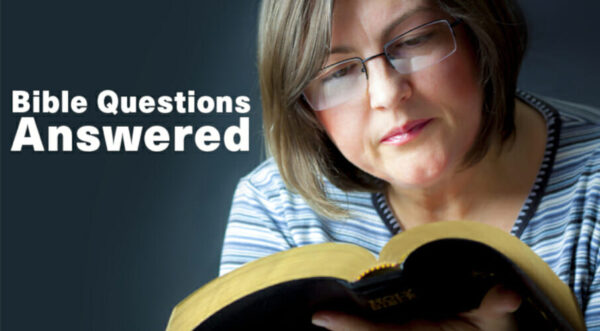What is the significance of the different articles of furniture found in the Israelites’ desert tabernacle?
The tabernacle was an expression of God’s love manifested in His willingness to dwell among His people. It was a type of His heavenly dwelling, where the sin problem was to be solved. God’s plan of salvation was illustrated in the services of the earthly tabernacle. Within that setting the furniture of the tabernacle is rich in symbolism.*
1. Altar of Sacrifices: During the patriarchal period places of worship were identified by the altars built on them (Gen. 8:20; 12:7, 8; 22:9; 26:25; 33:20). When the tabernacle was built, the altar was centralized. It was built of acacia wood covered by bronze and placed on the courtyard. It is associated throughout the Old Testament with the presence of the Lord. Through the altar the Israelites had access to God (Ps. 43:4) and brought to Him their sacrifices. On each of its corners was a horn (Ex. 27:1-8) to which blood was applied during the daily sacrifices (e.g., Lev, 4:7) and during the Day of Atonement (Lev. 16:18). The altar represented the cross of Christ.
2. Laver: It stood between the altar and the entrance to the sanctuary (Ex. 30:17-21). Priests used it to wash their hands and feet before officiating at the altar, or before going into the tabernacle (verse 20). Those who approach God must be clean. What cleanses us now is the blood of Christ, appropriated through baptism (cf. Acts 22:16; Eph. 5:26; 1 Cor. 6:11).
3. Golden Table: Inside the holy place, to the north, was a table made of acacia wood overlaid with gold (Ex. 25:23-30). The bread of the presence was placed on the table. The 12 loaves were probably grouped into two stacks of six each (Lev. 24:5-9). New ones were placed on the table every Sabbath. The Lord gave the bread back to the priests to eat it as representatives of the people. Thus was indicated that God was the one who provided the daily bread for His people, a symbol Christ as the bread of life (cf. Eze. 16:19; John 6:48-51).
4. Lampstand: A lampstand joined by a central shaft with three branches on each side was located on the south side of the holy place (Ex. 25:31-40). It was made of solid gold decorated with almond-shaped cups and flowers. Its shape and the use of floral terminology suggest the image of a tree. The lampstand seems to have been a stylized tree of life that represented God as the source of life for His creatures and pointed to Christ as the true source of life.
5. Altar of Incense: This altar stood directly in front of the veil that separated the holy and Most Holy places. It was used to burn incense twice a day before the Lord. Incense represents the prayers of God’s people (Ps. 141:2; cf. Rev. 5:8; 8:3, 4), but it also made it possible for the high priest to approach God in the Most Holy Place (Lev. 16:13). Incense symbolically links God and His people and is an adequate symbol of the merits of Christ (cf. Eph. 5:2; 2 Cor. 2:14-17; Phil. 4:18).
As you can see, it’s all about Jesus.


